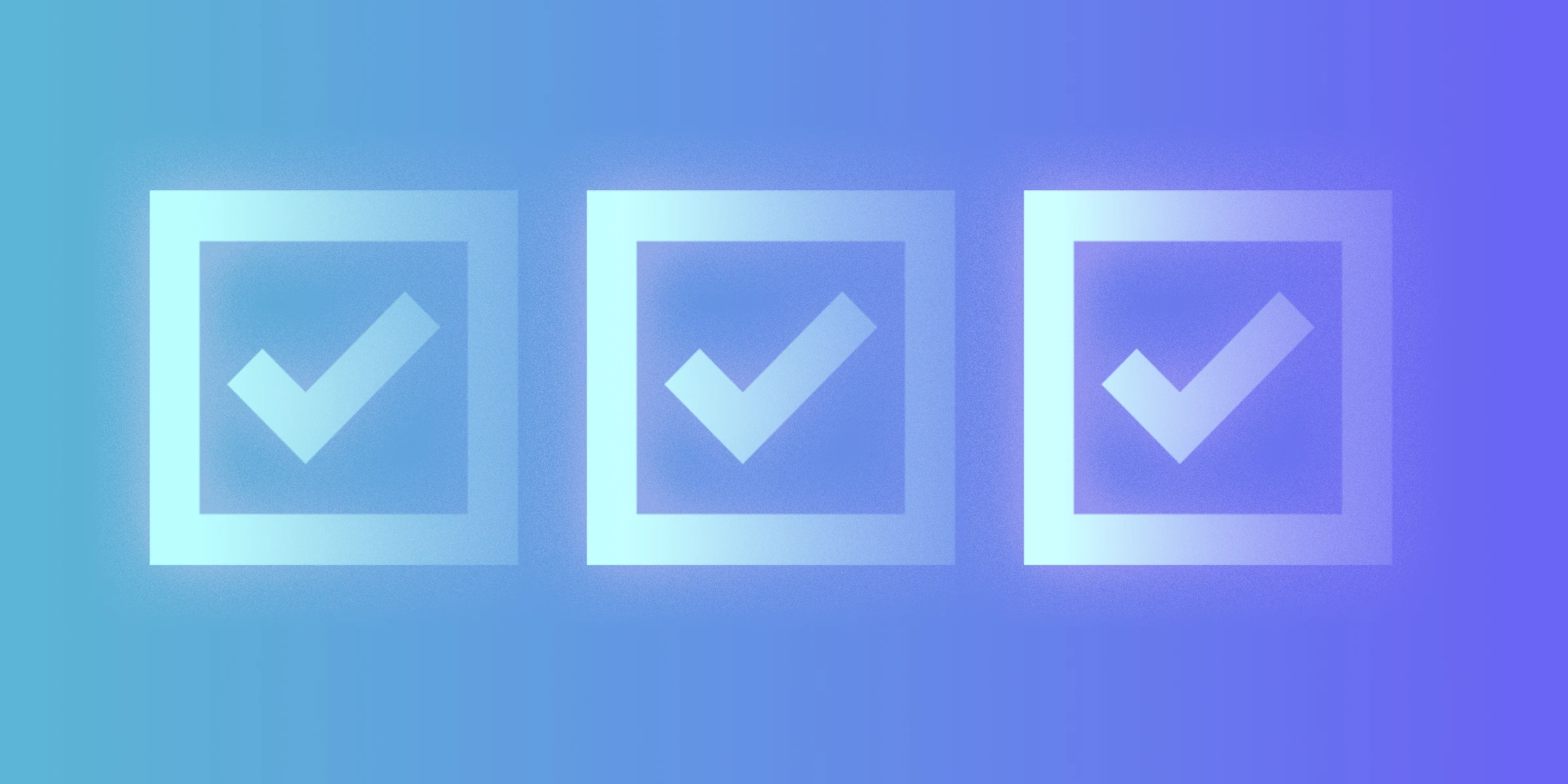Startups move fast, that's a good thing, but unfortunately they almost always skip foundational branding work, which leads to a weak brand. Weak branding and a disjointed identity costs you real opportunities, especially with early users and investors. This checklist walks you through the essential pieces every startup needs in place to build a brand that’s clear, consistent, and compelling from day one.
✅ 1. Your Brand Positioning
Before colors, fonts, or logos, you need to clearly be able to communicate what it is you do in a way that is easy to understand at a glance.
Ask yourself:
- What do we solve?
- Who exactly are we solving it for?
- What makes us different (and better)?
- Why now?
Tip: Consider writing an Onlyness Statement. Use this to write a one-sentence positioning statement. If you can’t explain your startup clearly to a stranger, you’re not ready to scale your brand.
✅ 2. Your Brand Personality
If your startup were a person, how would they talk? What would they wear? Can you think of a well known person that embodies the traits you want your brand to have?
- Are you confident and bold? Friendly and fun? Premium and refined?
- Choose 3 to 5 traits to define your brand tone and visual style.
This affects everything from the copy on your site to the colors you choose.
✅ 3. Name & Domain Locked In
Your name needs to be:
- Memorable
- Easy to spell/say
- Available across URL, social handles, and USPTO trademark database.
Bonus: Check that it doesn’t mean something awkward in another language. You’d be surprised!
✅ 4. Logo (Primary + Secondary)
A strong logo isn’t about being flashy, it’s about being functional.
You’ll want:
- A primary logo (for web, pitch decks, product)
- A simplified version or symbol (for favicons, app icons, social profiles)
Keep it scalable, flexible, and distinct.
✅ 5. Color Palette
Choose a core set of 2 to 4 brand colors:
- One or two primary brand colors
- A contrasting accent color
- Background/light/dark variations
Use color intentionally to create hierarchy and emotional tone.
✅ 6. Typography System
Select memorable brand fonts for:
- Headlines
- Body copy
Use consistent font sizes and spacing across decks, web, product UI, and print.
✅ 7. Voice & Messaging Guide
Think beyond just “taglines.” What are your key messages?
- 3 to 4 value props that every visitor or investor should walk away with
- A short brand story or origin
- Consistent phrases and terms you use (or don’t use)
Tip: Make a one-pager your whole team can use.
✅ 8. Website
Publish early! Even if you aren't in business yet you can start to claim your stake on the web. This also helps you obtain copyrights. Your site is often your first brand impression. Make sure it:
- Clearly explains what you do
- Shows your personality
- Builds trust (social proof, team, press, or roadmap)
Even if you’re in stealth, have a sharp landing page or a teaser with a sign-up form.
✅ 9. Social Media Profiles & Brand Assets
Claim your handles early (even if you’re not posting yet).
Upload:
- Logos in the right sizes
- Bio copy that matches your voice
- A link to your site or waitlist
This ensures you look polished and that someone else doesn’t grab your name.
✅ 10. Brand Guidelines (Internal Playbook)
This doesn’t need to be a 50-page brand book. A short doc will do the trick. Be sure to include:
- Logo usage rules
- Fonts and color hex codes
- Voice and messaging examples
- Do’s and don’ts for your brand
It’ll save you countless hours when working with freelancers, designers, or agencies.
Bonus: Don’t Overthink It
Your brand is a living thing, it will evolve and that’s okay. The goal is to launch with enough clarity and consistency that you can scale without confusion.
Ready to Build a Brand That Grows With You?
At Condensed, we help startups move fast without sacrificing strategy. From naming to full visual identity systems, we build brands that connect, convert, and scale.



